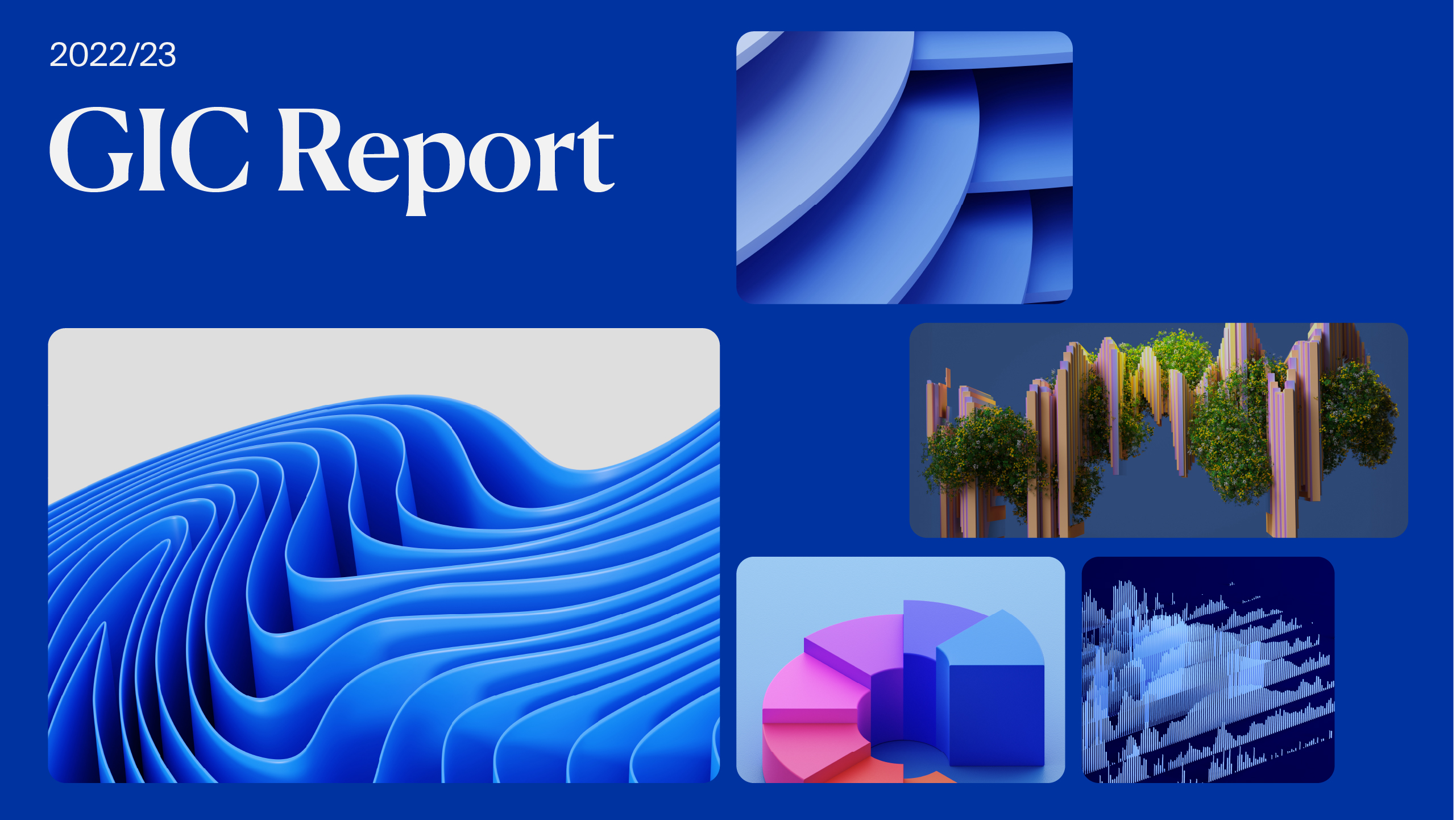This article expands on views expressed by Kevin Bong, Director, Economics & Investment Strategy, GIC, at the IMAS Bloomberg Investment Conference 2019.
Investors have traditionally placed their funds in equities, bonds, and cash as a way to generate an acceptable market return on their portfolios. In a protracted period of low interest rates, coupled with the highly uncertain market environment, what has worked before may no longer be the way forward. The standard disclaimer that past performance is not a guarantee of future results, is becoming more of a reality.
Against this backdrop, alternative investments have gained popularity in recent years. Alternative investments refer to non-traditional asset classes, such as hedge funds, private equity, real estate, and infrastructure. In general, they play three key roles in the portfolio:
- A means of diversification from equity and bond exposures, given somewhat differing return drivers;
- A source of higher returns in part due to an illiquidity premium; and
- A hedge against inflation, in the case of real assets
Alternatives are commonly suited for long-term investors who can stomach the associated illiquidity and concentration, as well as the long horizons needed to realise returns.
The evolving role of alternatives in GIC’s portfolio
GIC was amongst the earliest institutional investors to move into the illiquid alternatives space, investing in real estate and private equity from the mid-1980s, with the aim of deploying capital in areas where we could leverage our competitive advantages – particularly, our long investment horizon and broad mandate. Over the years, we have also strengthened our global networks and partnerships, on-the-ground presence, and internal capabilities to not only manage risks, but also add value to such investments.
Through the 1980s and most of the 1990s, our private equity and real estate portfolios largely grew organically. Our evolving approach to asset allocation has transformed the role of alternatives in GIC’s portfolio. A better understanding of the role and behaviour of alternatives vis-à-vis other asset classes, in the context of our total portfolio, has enabled us to construct investment solutions that generate stable risk-adjusted returns over the long term.
Investment approach – from passive, to active, to proactive
GIC’s initial approach to alternatives was largely Passive, as we invested largely through funds and funds-on-funds, having recognised the need to first learn from experienced external fund managers in order to build the in-house specialist expertise needed to manage such investments. Over time, this evolved into a more Active approach of investing directly and in a more targeted fashion, while still growing our fund networks and partnerships.
In recent years, the challenging investment environment has called for a more Proactive stance. We continue to enhance our deal sourcing and origination capabilities, create new capital market solutions for a wide range of partners, and leverage our long-term, flexible mandate to extract additional returns from illiquidity and skill.
A continued focus on alternatives
Today, GIC is well-diversified in our range of alternative investments, with our exposure spanning real estate, private equity, infrastructure, private debt, bespoke financing, hedge funds, and more – all of which we invest directly in, and also indirectly through funds and other platforms. Alternatives continue to be a strong source of alpha and we seek attractive opportunities with good risk-reward, globally.
A long history of investing in alternatives has yielded many valuable lessons for GIC. In particular, strong, enduring relationships are a cornerstone of investing. As we proactively grow the scale and scope of our alternatives portfolio, finding the right investee companies, partners, and fund managers, who share our investment philosophy and complement our internal capabilities, remains crucial.






